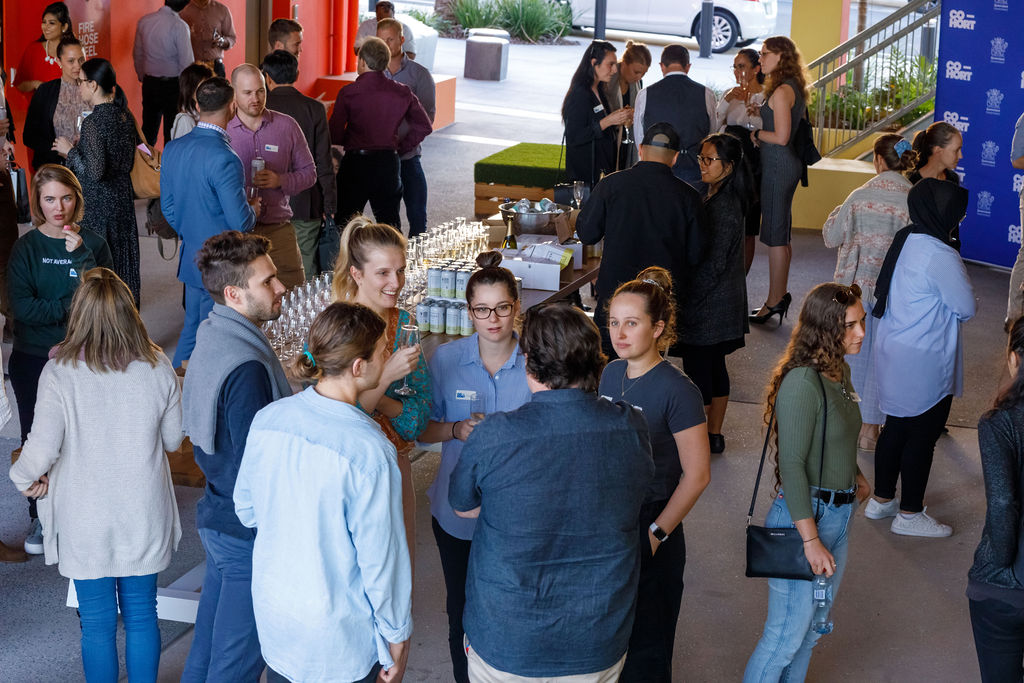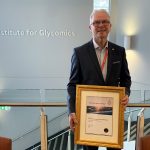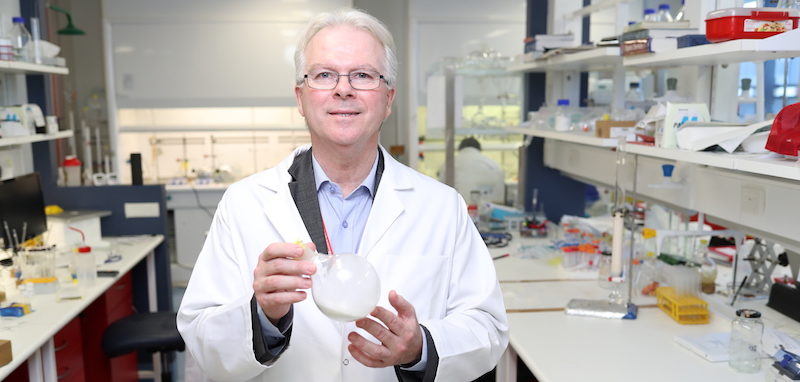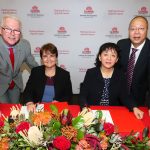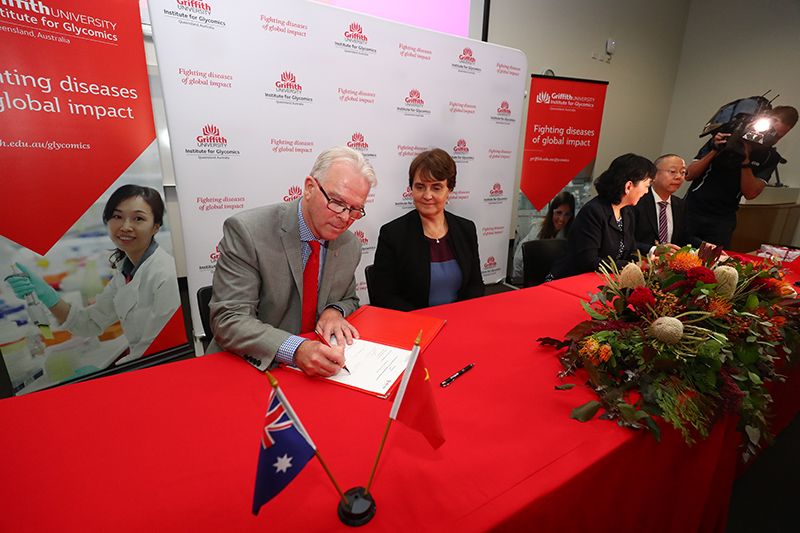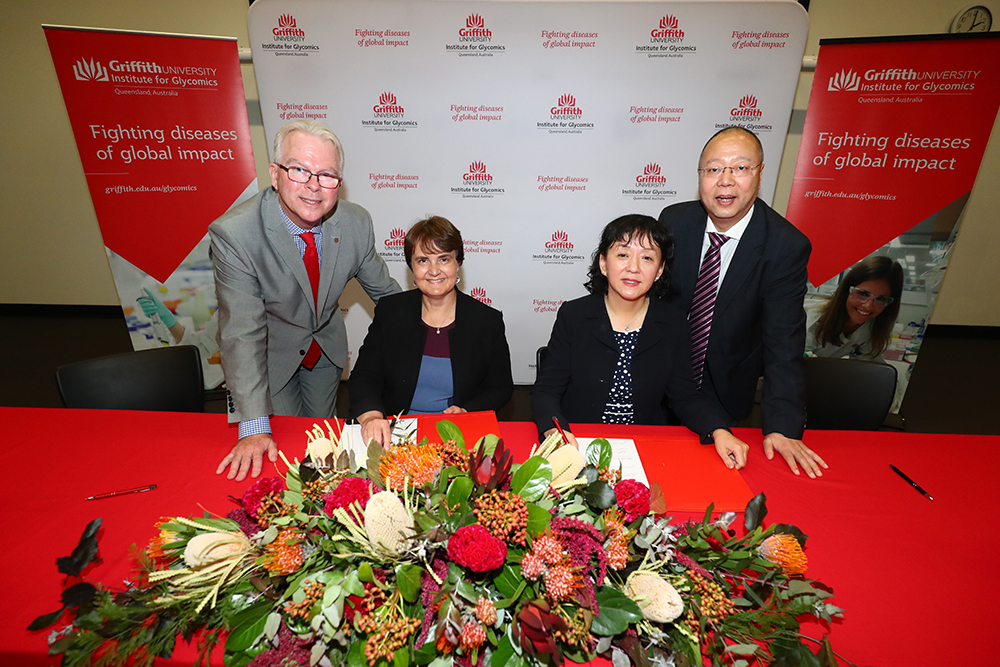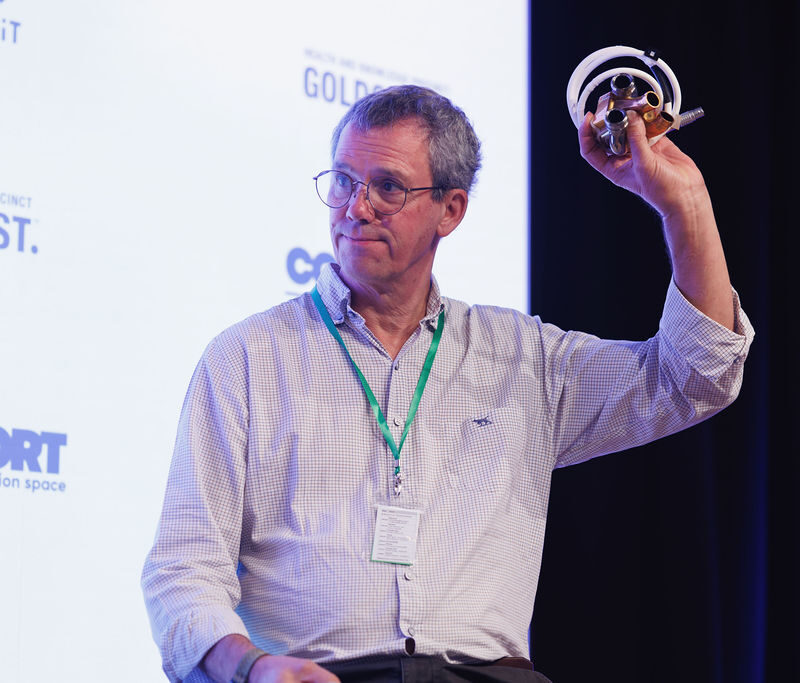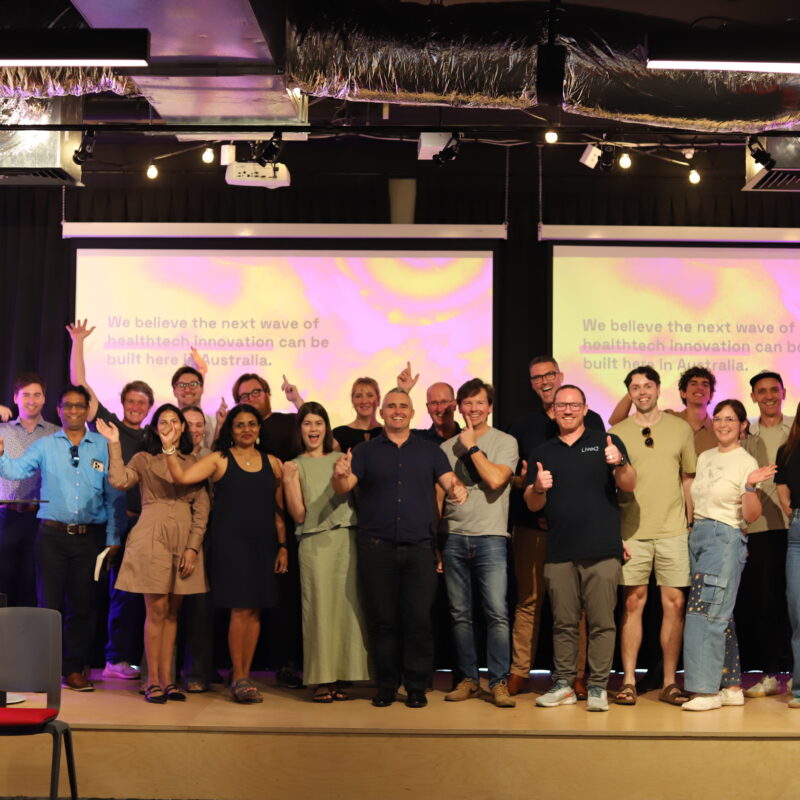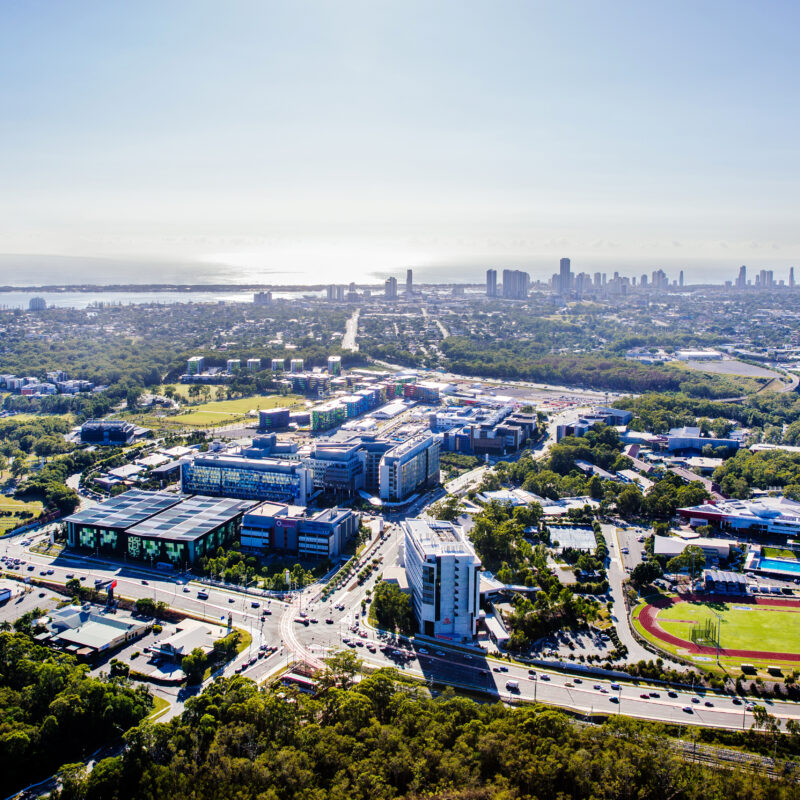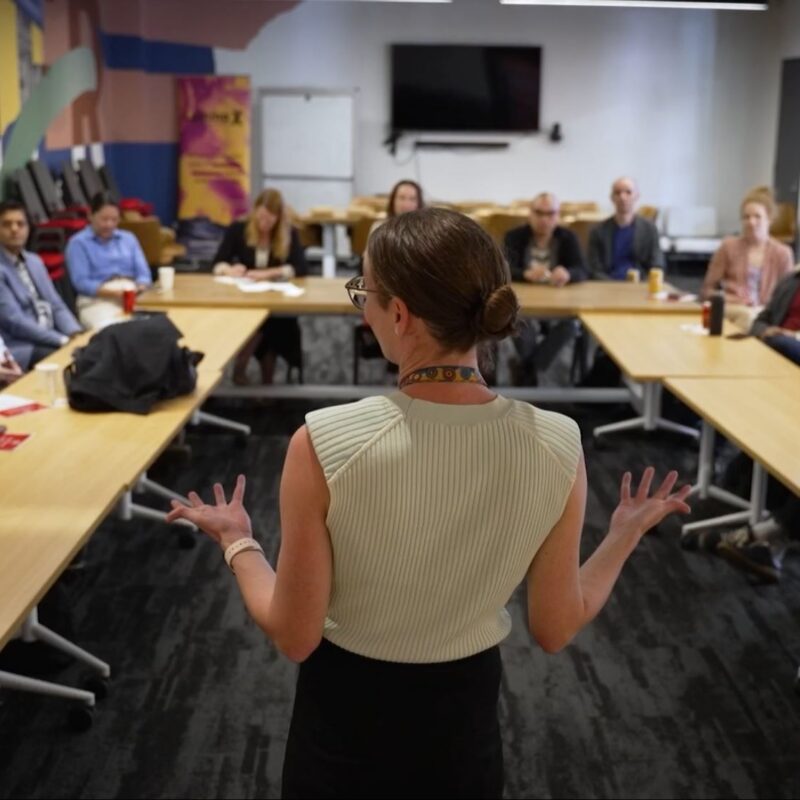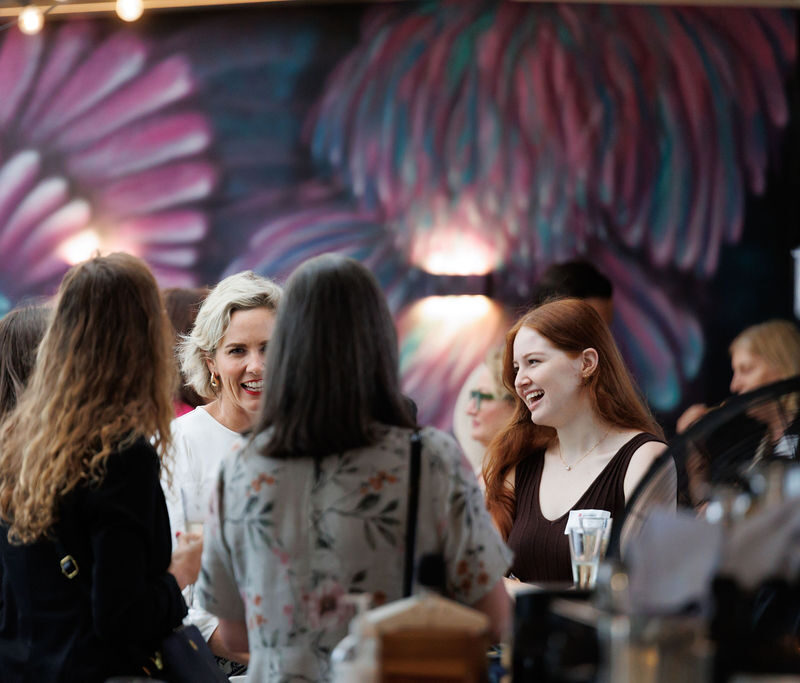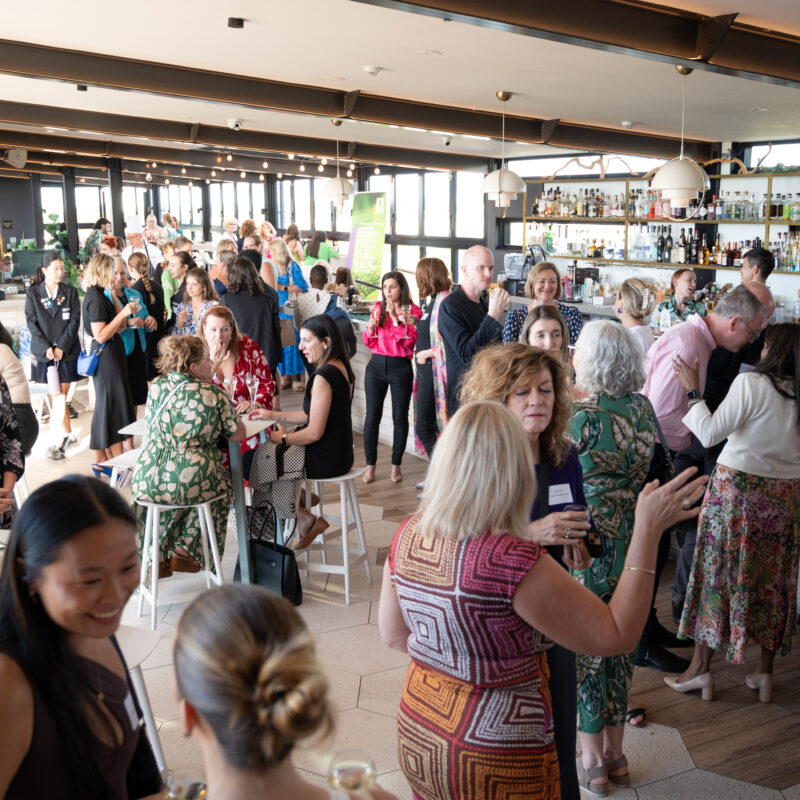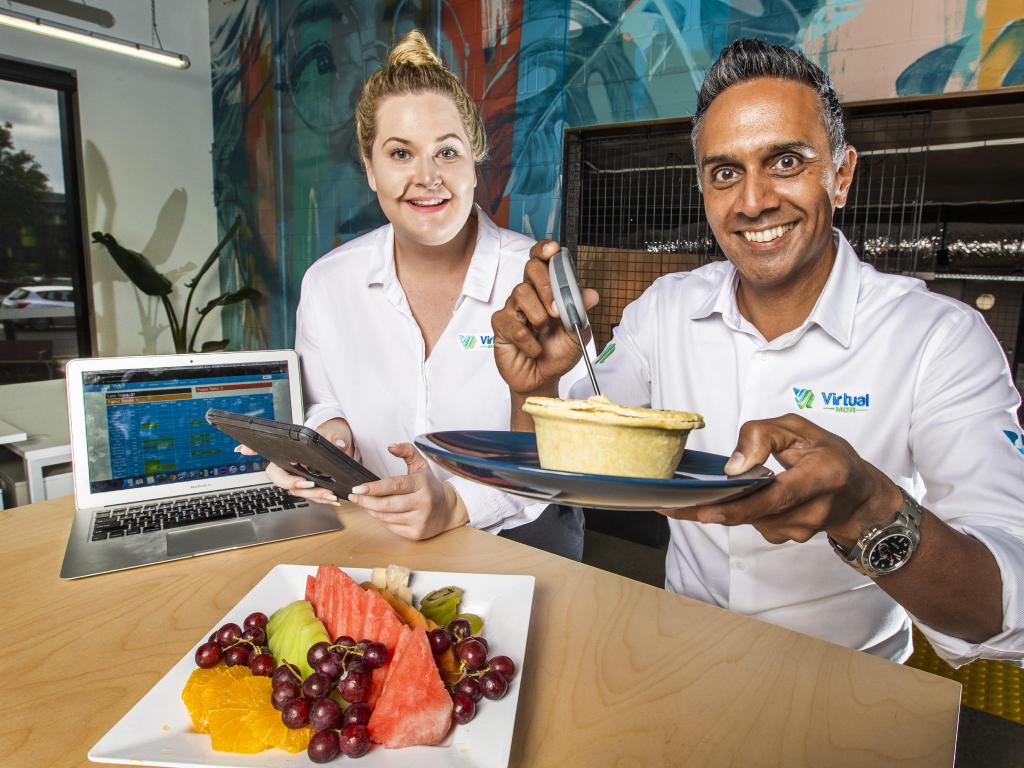
Lifestyle lured Virtual Mgr co-founder and CEO Anil Patel to the Gold Coast seven years ago with a great business idea – app-based software that enables companies to manage risk and maintain staff compliance across multiple locations and a range of operational areas, such as food handling and environmental services in healthcare.
It’s been a stunning story of success since, with revenue expected to jump by 400% in the coming year and staff numbers set to double.
After building a local base of major clients including Village Roadshow Theme Parks and the University of Queensland, the business began expanding into both the US and UK, and with the move of the core strategy and sales team into COHORT last year the growth trajectory has accelerated, particularly into the lucrative US hospital and healthcare market.
The rapid scale-up is being assisted by the rich environment of innovation offered at COHORT, which provides Anil and his team with ready access to fellow entrepreneurs as well as students and skills, and crucial exposure to government.
“Being based in COHORT has really been useful at this stage in our global growth as we’ve had great access to government, including Ministers at different events,” Anil says.
We’ve had two interns through Griffith University and are currently recruiting a PhD student to expand our data science R&D as we continue to develop our products to not only effectively manage risk and compliance, but use AI machine learning to help clients predict and avoid non-compliance incidents.”
“We’ve also been able to give back to the innovation eco-system by mentoring start-ups since we are now further along in our business maturity.”
With a background in the high-risk petroleum industry managing compliance incidents across multiple service stations, and having to rely on manual procedures in the era of fax communication, Anil recognised the opportunity for software to provide a better management solution and saw the need to develop a ‘simple’ app-based interface to ensure front line staff could more easily and effectively comply with standards.

Having proved the concept through developing solutions for dangerous goods transport, remote asset management and associated occupational health and safety requirements with clients including Caltex and BP, the company turned its attention to other high-risk areas including food safety, commercial cleaning and cleaning services within hospitals.
And they aimed high – entering the highly-litigious US market with a cloud-based health product that enables environmental services staff to execute step-by-step cleaning tasks for infection control compliance, while incorporating training and policy information, tracking assets and issues and providing managers with rich data on staff performance, workflow and risk mitigation.
They secured a Tier 1 hospital in Rochester, New York as their first client and haven’t looked back, with their biggest contract to date with global facilities management company Compass PLC that will see Virtual Mgr deployed in up to 800 US hospitals, led by their CEO North America, Tony Morocco.
“This is a major opportunity for us and will see our global staff accelerate from just under 30 now to up to 70 people within the next 1-2 years,” Anil says.
Virtual Mgr will focus on the US where technology take-up is high, along with the UK and their emerging market in Canada, while the high-risk cruise ship industry is another target, alongside the Asian market.
Expanding the tech in their products is another key focus, with increasing use of sensor and IoT technologies particularly to ensure temperature control for food safety, and enhanced real time data analytics for incident management.
Founding partner and tech guru Neil Fillingham remains Melbourne-based, along with a number of developers, and the US will see the most significant staff growth, but the GCHKP is set to provide a long-term HQ for the innovative company.
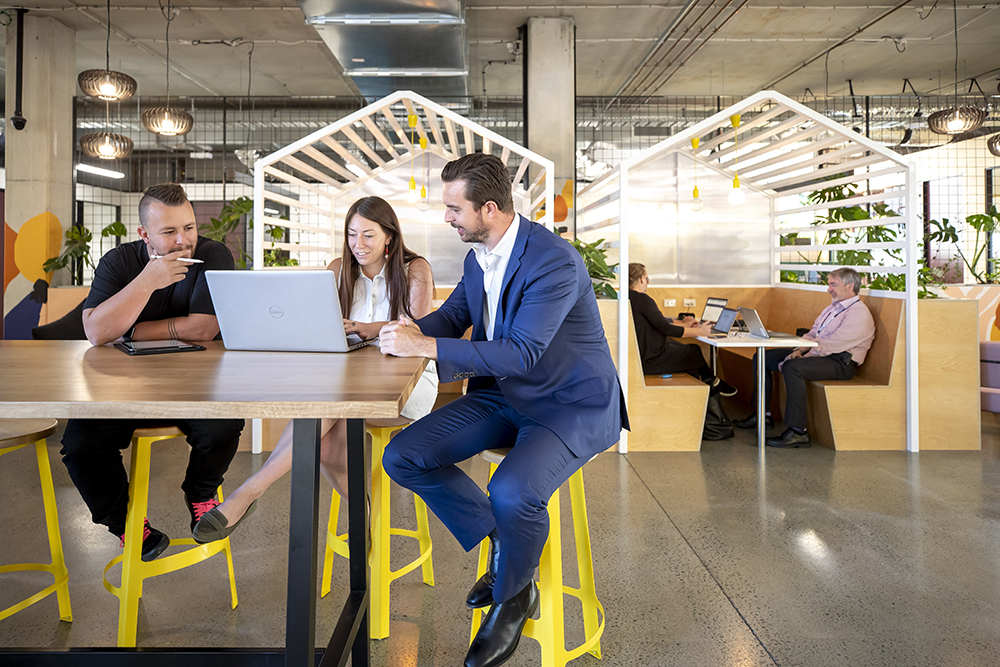
COHORT programs expand as 1 year anniversary approaches
Still within its first year of operation, COHORT will expand its program offering in 2020, launching a ‘lunch ‘n’ learn’ program from February 13, while the 2020 Mentoring program is set to commence from March ahead of the first anniversary in April.
Programs include:
- Business Health Check – for all new members to get their business revving
- Experts Program – business advice series with high-profile industry entrepreneurs and professionals delivered in a lunch ‘n learn group session once a month.
- The COHORT mentorship program is aimed at bringing together promising young entrepreneurs managing rapidly growing companies with already experienced and established entrepreneurs, with members entitled to up to 3 mentoring sessions from a pool of mentors.
- Digital workshops – part of the national ASBAS program, COHORT hosts a range of digital workshops that are seriously subsidised by the Australian Government to get SME’s more digitally capable in focus areas including websites and online selling, social media, small business software and security.
There are still places available in the highly-regarded Women in AI program, which includes a 6-day camp and year-long mentoring for young women leaders in data science.
While available private offices are currently fully utilised, there are a range of flexible packages for co-working desks in the heart of the Precint’s Lumina commercial cluster.
